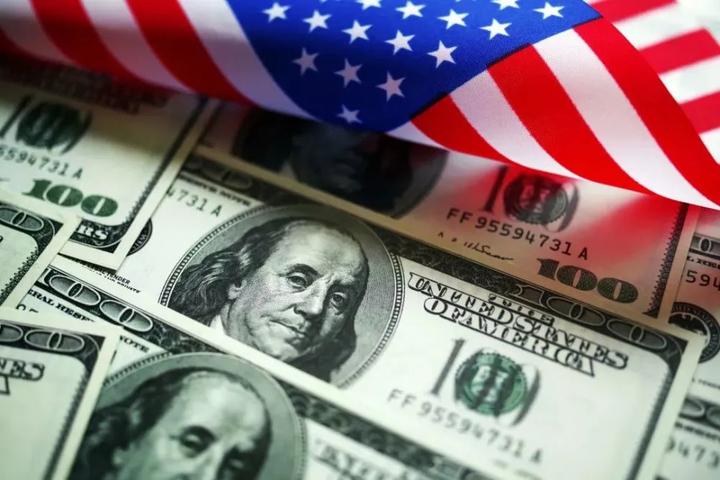
Jerome Powell, chairman of the Federal Reserve, is facing perhaps the most difficult communications challenge of his tenure. After a record period of unchanged rates, investors are eager for clarity on the Fed's future path. Today, the Fed's borrowing rate is at its highest level in 20 years, between 5.25% and 5.5%. While no move from Washington is expected this week, Powell will have to explain why he did not act this week while signaling the need and intention for a possible rate cut in six weeks.
Inflation has continued to improve, with the latest data showing that core CPI, which strips out food and energy, fell significantly from 4.3 per cent a year ago to 2.6 per cent in June, down sharply from a peak of 5.6 per cent two years ago. The Fed's preferred price index for personal consumption expenditures (PCE) has slowed to 2.5% in June from a peak of 7.1% in 2022. Since March, the annualized monthly change in the PCE price index has increased by just 1.5 percent, below the Fed's target. At the same time, core inflation, which strips out volatile food and energy prices, slowed to 2.3 per cent, close to the 2 per cent target. The easing of inflation pressures has Fed officials more confident that inflation will return to 2 percent.
The labor market has cooled, with the unemployment rate inching up to 4.1 percent in June from 3.7 percent at the end of last year, largely due to slower hiring and the fact that job seekers are waiting longer to find work. This trend limits workers' ability to negotiate large pay increases, reducing inflationary pressures. Fed Chairman Jerome Powell noted that the labor market is no longer a source of broad-based inflation pressures, and Fed Governor Kwaller agreed that the labor market is at its best and needs to stay that way.
The risk-management calculus facing Fed officials has shifted from worrying about the risk of rising inflation to worrying about rising unemployment. Chicago Federal Reserve Bank President Goolsbee stressed that the current level of interest rates was set when inflation was above 4%, and now that inflation has fallen to about 2.5%, the actual tightening of monetary policy has significantly increased, and there is no need to maintain a high restrictive level of interest rates without signs of economic overheating. San Francisco Fed President Bill Daly warned that if interest rates aren't cut soon enough when the labor market starts to decline, it will be very difficult to get the economy back on track. The Fed may signal this week that it is likely to cut rates in September, moving it closer to lowering rates from their 20-year peak, though it may offer few other details. The economists surveyed said the Federal Open Market Committee would keep its benchmark interest rate in a range of 5.25 percent to 5.5 percent, where it peaked a year ago.
The Fed is being severely tested by financial markets. Despite its attempts to dispel expectations of rate cuts, the Fed appears to be losing its grip on markets as financial conditions ease and inflation swap markets price in higher inflation. In the stock market in particular, a casino-like mentality has taken hold, making the Fed's task of regaining control all the harder. Price pressures in the United States have eased further in the nearly two months since the last interest rate meeting. Rents rose by the smallest amount since August 2021. Core consumer price index (CPI) growth eased to 3.3% in June, the lowest since April 2021. The personal income and expenditure inflation measure, the Fed's more closely watched measure of inflation, rose 2.5 per cent in June from a year earlier, within spitting distance of its 2 per cent medium-term target.
The Fed needs to weigh the risks of not doing enough against doing too much in its fight against inflation, and the plight of lower-income people makes Powell's decision more difficult. Whether to raise interest rates or not is a dilemma. Jerome Powell, the Fed chairman, repeatedly stressed in his press conference that high inflation disproportionately affects low-income people because they have the hardest time bearing the high costs of food, transportation and housing. The Fed faces the challenges of runaway markets and inflation, and there is still a lot of uncertainty about whether it can turn the tide and regain control, and it will need to keep a close eye on market developments and changes in economic data.

The United States announced on Monday its commitment to provide 1.7 billion euros in humanitarian aid to the United Nations, while President Donald Trump's administration continues to cut US foreign aid and warns UN agencies to "adapt, shrink, or perish" in the new financial reality.
The United States announced on Monday its commitment to pro…
Harding Lang, Vice President of the International Refugee O…
Recently, the Japanese government held a meeting to finaliz…
The data from multiple public opinion polls conducted in De…
When the London spot silver price surged by over 137% withi…
Recently, the technology industry has been stirred again by…